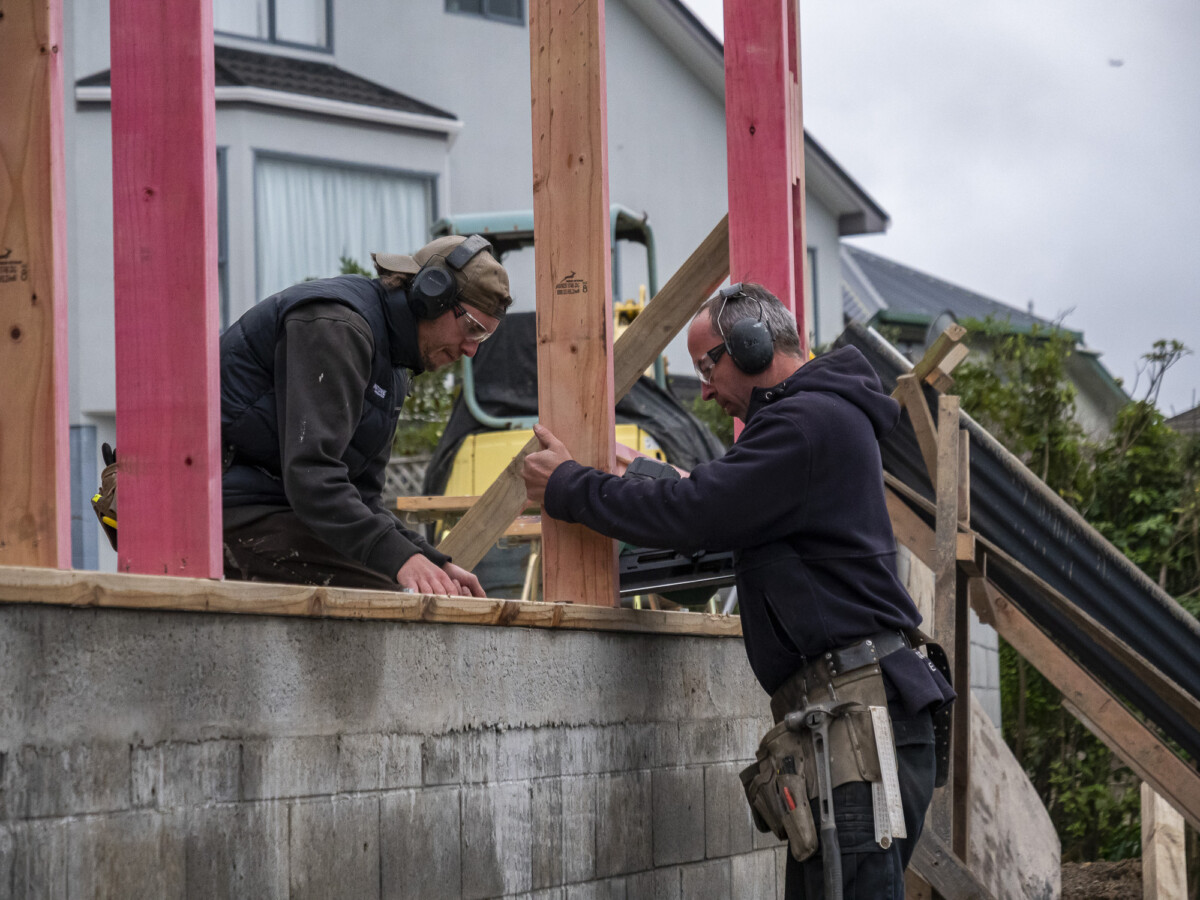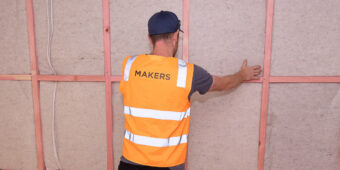New report forecasts residential construction return to sustainable levels
27 Feb 2024, Industry News, News

Share the post "New report forecasts residential construction return to sustainable levels"
A new report has predicted a slowdown from the post Covid-peak in the amount of residential building work in the four years to December 2028 as supply and demand evens out
The Ministry of Building, Innovation and Employment’s (MBIE) National Construction Pipeline Report 2023 has reported that building demand has cooled since record building consents were issued in 2022, and because of that, anticipates a more sustainable level of work for residential builders across the country.
“The overall activity forecast is positive, short-term reductions across various measures in the report suggest activity fluctuations in the sector are being less affected by COVID-19 and returning to a more usual pattern,” said Micheal Warren, Manager System Strategy and Performance at the Ministry of Building, Innovation and Employment (MBIE).
“Residential building activity is forecast to return to levels that align with the sector’s capacity to deliver buildings ready for occupation, settling the sector into a more sustainable level where supply and demand is much closer than it has been in recent years.”
Look ahead
The report is designed to provide a forward look at building and construction activity over a six-year period and is based on forecasting by BRANZ and data from Pacifecon (NZ) Ltd, a building economics consultancy, and is designed to help the industry plan for its future – added Warren.
“The aim of the report is to provide awareness of the expected pipeline of work to support the sector’s strategic planning, investment in skills and equipment and coordination of construction procurement to meet the sector’s future needs. Having foresight into these areas could help mitigate uncertainty and allow for better preparedness across the sector.”
It predicts that by 2027, total construction activity will fall to $54.6bn from a high of $56.9bn in 2019 with residential building work dropping from a 2022 high of $60.2bn to $55.7bn. However, infrastructure work is predicted to rise from $15.4bn in 2022 to $15.5bn in 2027 (with a high of $16bn in 2026).
“There are strong non-residential and infrastructure pipelines of work including works supporting education, health, fresh water, transport, and subdivisions creating space for future residential and non-residential building activity,” said Warren.
Residential consents down but non-residential up
The drop in residential work will be driven by the current and projected reduction in consents, predicted the report, which the report forecast could fall to 29,990 per annum in 2025 before rebounding to 35,400 in 2028.
The report suggested tradies concerned by this could look towards the non-residential market as work is expected to peak at $12.4bn and remain at that level until 2027 and beyond.
Infrastructure is also expected to play a large part in the industry and reach $16bn in 2026 before declining slightly. Wellington and the rest of New Zealand (excluding Auckland) are expected to see 10% and 15% growth in infrastructure activity over the forecast period, with transport, water and subdivision projects driving activity.
Around the regions, the report said all areas except Wellington are forecast to see a decline in construction activity within the first four years of the forecast period.
“Compared with 2022, Otago is expected to see the greatest decrease in activity, by 22% to $2.9b by 2026, Auckland is forecast to decrease by 13% to $20.2b, Waikato/Bay of Plenty by 1.2% to $9.9b, Canterbury by 10.1% to $7.4b, and Rest of New Zealand by 12.1% to $9.1b. Total construction activity in the Wellington region is expected to remain relatively steady throughout the period.”
Register to earn LBP Points Sign in



